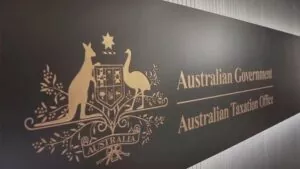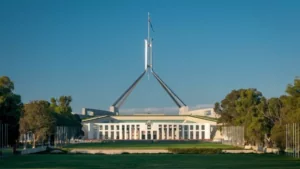Heading into a post-COVID environment, several temporary social security measures have been amended and adjusted, creating different types of advice considerations for advisers and their clients affected by these changes, according to a technical specialist. Speaking on a recent BT podcast, BT technical consultants Tim Howard and Michael Tran said that as the temporary COVID social security measures, which had been top of mind for advisers in 2020, is moving to a next phase, advisers will need to stay on top of the different changes playing out for clients that are affected moving into the end of the financial year. The main change that many working life income support recipients will be aware of is that the COVID-19 supplement has ceased. Mr Howard said this was a supplementary payment which amounted to $150 per fortnight that was paid on top of a core payment clients may have received. Eligible payments included JobSeeker Payment, Youth Allowance, Parenting Payment and other working life benefits. “You might remember that so long as someone received one of these payments at a rate above nil, they would receive the full supplement,” he said. “While the payment had reduced over time since its inception, originally $550 per fortnight and dropping to the recent amount of $150 per fortnight, it has now ceased entirely.” While it could be quite a material change for these clients, Mr Tran said to partially offset the removal of this supplement, some of these working life payments have had their rates increased permanently by $50 per fortnight and this will mean there also changes to means testing. “Not only were the rates of payments changed but there has also been a reduction in the amount these income support recipients can earn to receive the maximum rate of payment. It also means there has been a reduction in the amount they can earn before their entire benefit is reduced to nil. Not only that, but if they are partnered, the amount their spouse can earn has also been reduced,” Mr Tran said. “If we start first with the changes to the personal income tests, for example, prior to April a recipient could earn $300 per fortnight before their JobSeeker Payment was impacted. If they earned above this amount, it reduced their entitlement by $0.60 for every dollar over this threshold. “Since 1 April, this has now reverted to a two-tier income test. Firstly, the amount a claimant or recipient can earn is up to $150 per fortnight in order to receive the maximum payment. Amounts earned between $150 and $256 per fortnight will reduce their payment by $0.50 in the dollar. Amounts above the $256 per fortnight figure will further reduce their payment by $0.60 in the dollar. So, overall, the income test is harsher. “This change also means that the maximum amount of income a single recipient can earn and still receive any benefit payment reduces from $1,266 per fortnight to $1,217 per fortnight.” In addition to this, Mr Tran noted where the recipient is partnered, the amount their spouse could have earned before they reduced the JobSeeker Payment for the recipient spouse was $1,165 per fortnight. This means where they earned an amount above this threshold, it would reduce their spouse’s entitlement by $0.27 per fortnight. Since 1 April, this income threshold has reduced to $1,124 per fortnight and the taper rate has increased to $0.60. “This would be a much harsher reduction and it will also mean that if we assume the JobSeeker Payment recipient doesn’t earn more than $150 per fortnight themselves, prior to 1 April, the maximum amount their spouse could earn before reducing the recipient’s allowance to nil was $3,103 per fortnight. This has now dropped to $2,079.50 per fortnight. In annual terms, that is a difference of over $26,000,” Mr Tran explained. However, while there is a reduction in benefits through the payment rates or income tests, Mr Howard said due to the increase in the payment rate of allowances such as JobSeeker Payment, the income test that applies to the Low Income Health Card has become more generous as they are linked. “Prior to 1 April, to claim this card, a single person had to earn below $576 per week on average over an eight-week period, i.e. up to $4,608 during that time frame. For a couple, this was $993 per week combined,” he explained. “This has now increased to $636 per week on average over an eight-week period or $5,088 during that time frame for a single person, and $1,094 per week or $8,752 over eight weeks for couples with no kids (plus $34 per week for each child). “This has made the income test more generous than it was even during the period of the temporary COVID-19 measures. That should help lower-income-earning clients have access to the card which will give them access to cheaper medicines listed on the Pharmaceutical Benefits Scheme.” Meanwhile, there were also other non-financial measures too which could possibly have an effect on clients that need to be considered, according to Mr Tran. “For example, new claimants ordinarily need to serve a one-week ordinary waiting period before receiving a benefit payment for JobSeeker Payment, Youth Allowance (for jobseekers) and Parenting Payment. This has been waived since the start of the pandemic and was meant to end at the end of March, but it has been extended to the end of the financial year,” Mr Tran noted. “There are other measures still in place which recognise that we are still susceptible to an outbreak and may affect new claimants or current recipients. For example, JobSeeker Payment claimants will satisfy eligibility criteria if they need to self-isolate or care for a family member who needs to quarantine because of COVID-19. This measure has been extended to 30 June. “With these frequent and numerous changes to social security payments, it will be tough for clients to stay on top of all these measures and I’m sure they will turn to their











